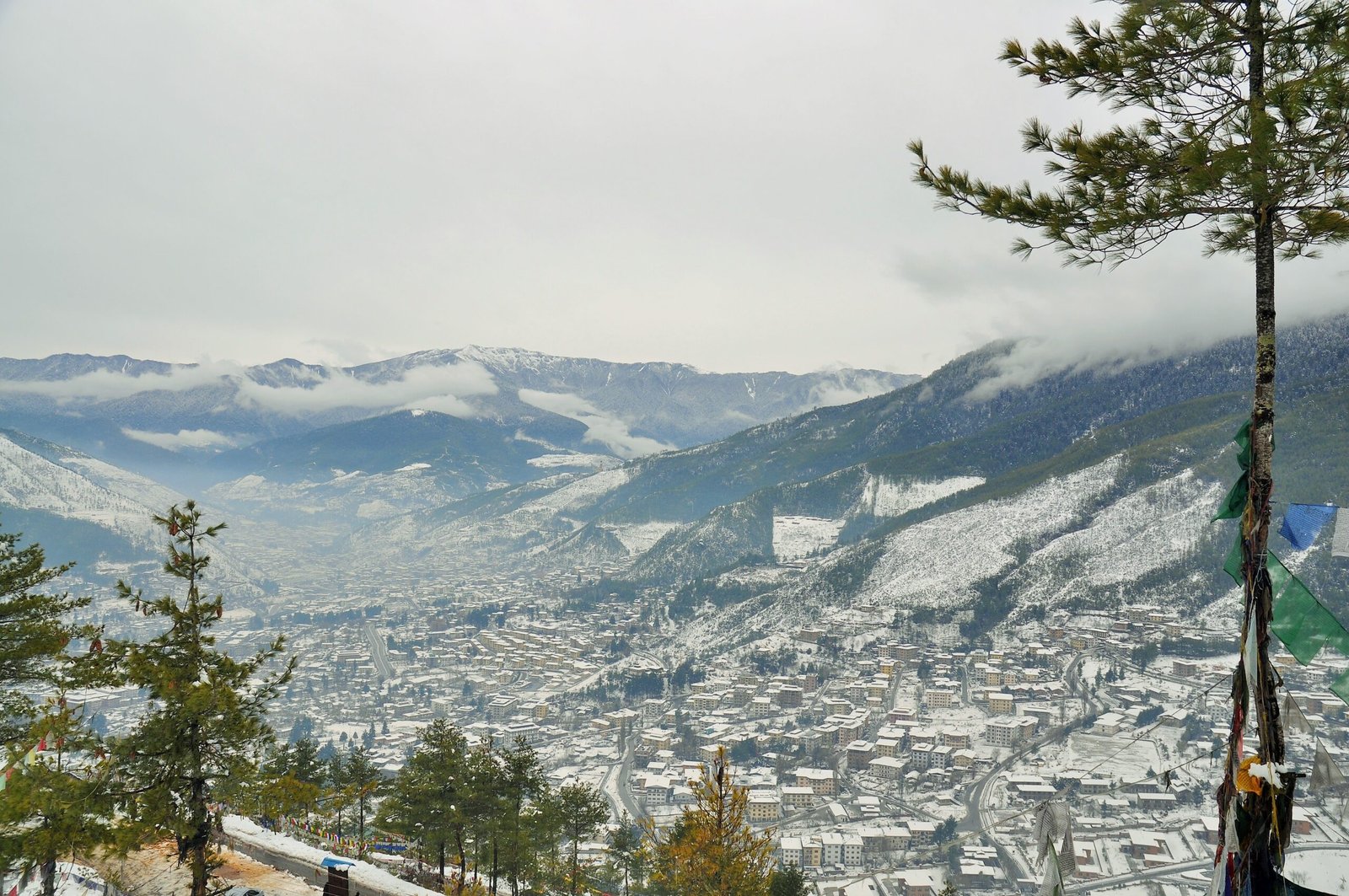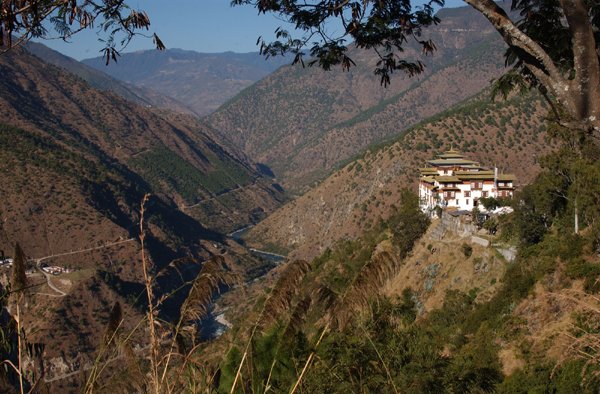Chhukha Tshechu
Chukha Dzong Chukha, BhutanThe Chhukha Tshechu festival in Bhutan is held at the courtyard of Chhukha dzong in Chhukha. It is held annually for three days as an offering to Guru Rinpoche. Different kinds of mask dances, traditional folk songs and dances are performed during the festival. On the third day, a Throngdroel of Guru Rinpoche is unfurled which is the highlight of the festival.




